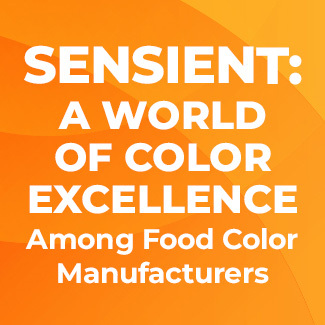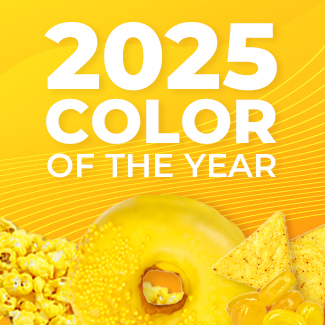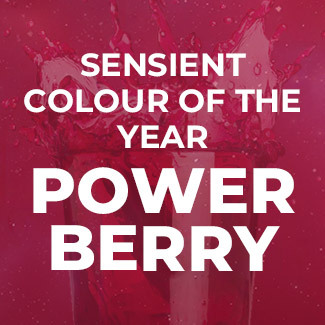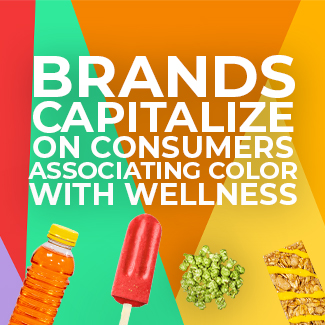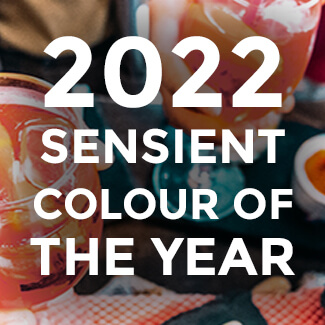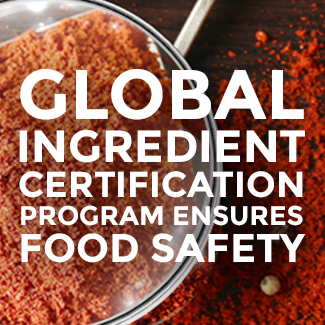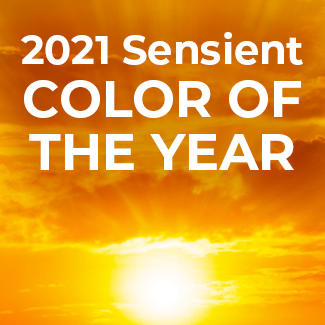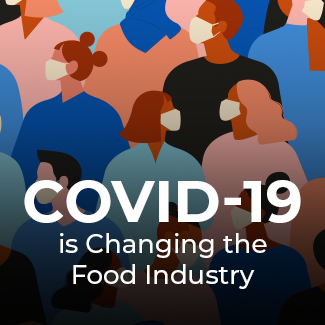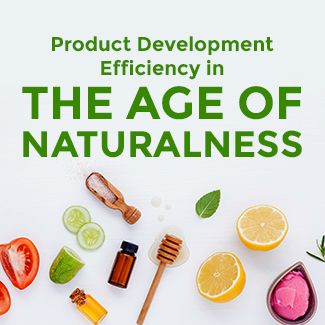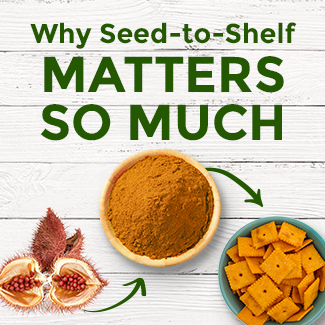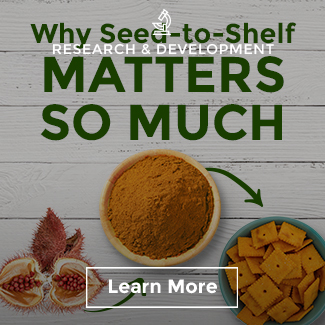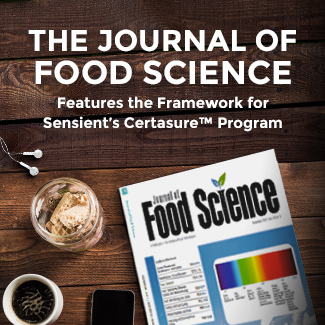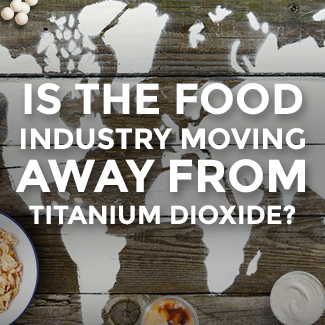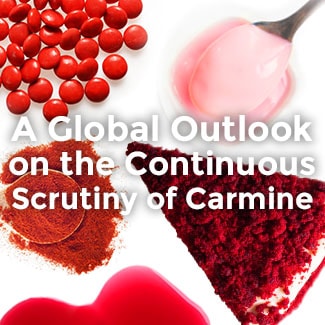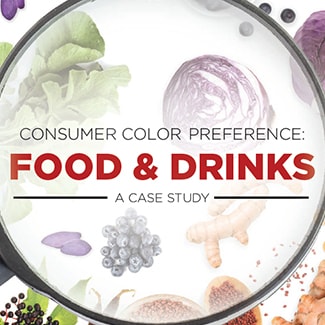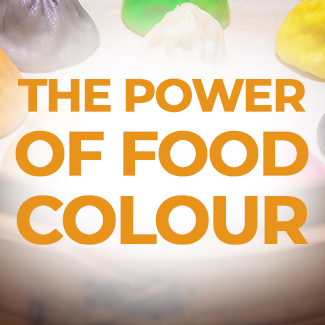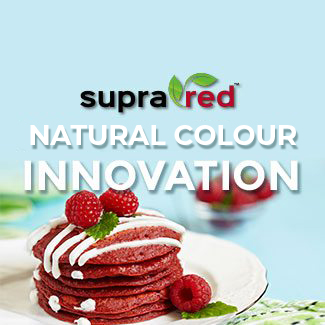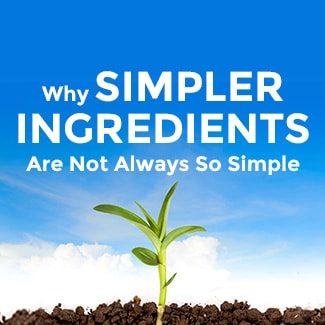The Humanization of Pets
There isn’t much that people won’t do for their pets these days. And while the ‘Humanization’ of our pets is not exactly a new trend, the speed of change is accelerating. Where it once might have taken 5 years for an ingredient trend in human food to show up in treats for our furry friends, these days it typically happens in less than two years now. Consumer belief that pets are full-fledged members of the family continues to grow. With the shift, owners are aligning their personal food and nutrition preferences with their pet food purchases. Consider the following from Mintel:- According to the American Pet Product Association, the pet business is projected to reach nearly $63 billion in 2016, up a substantial 25% since 2010
- 90% of Canadian pet owners agree that having a pet improves a person’s quality of life
- European pet owners are spoiling their pet children with snacks and treats, creating a growing problem of obese pets
- Over 60% of Europeans treat their pets with the same care they would treat a child

Recently, we are seeing a shift in pet owner attitudes about nature versus science when it comes to pet food purchases. Since most pet owners don’t really know their pets’ specific nutritional needs, historically they have favoured brands that position themselves as “scientifically” formulated to optimize animal health.
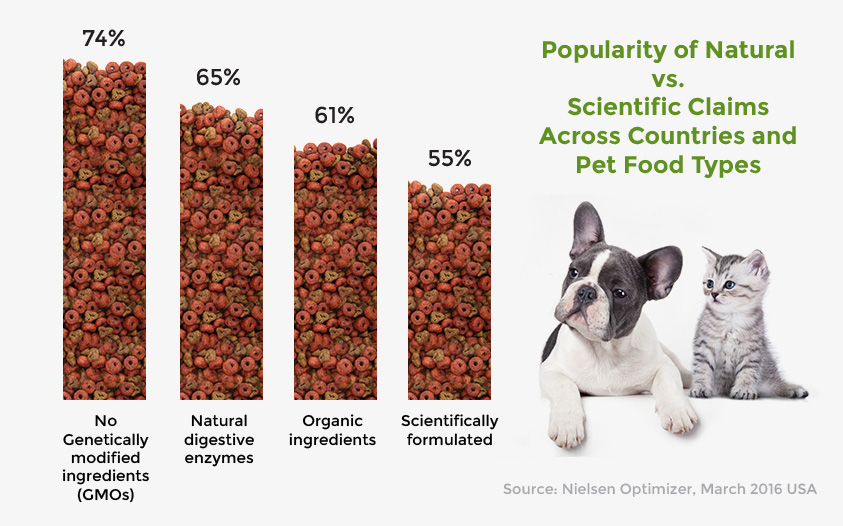
But consumers around the world are increasingly pursuing more natural ingredients in their own food purchases, and this is translating to the pet arena as well.
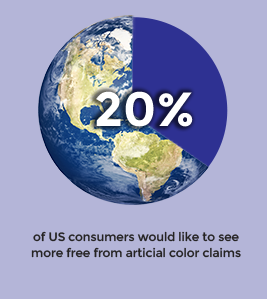
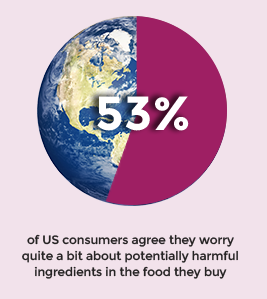
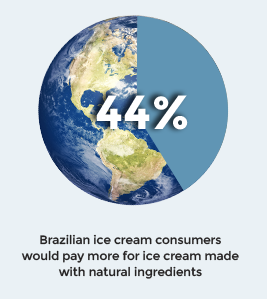

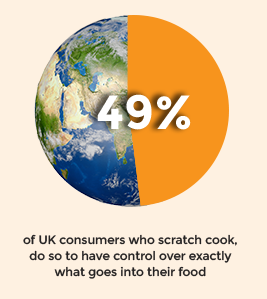
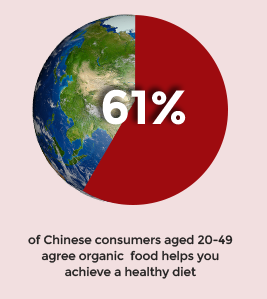
Source: Mintel 2015
Here are 5 Pet Food predictions for the next few years:





The Food Safety Challenge
When it comes to ingredients overall, and natural colours in particular, navigating the various regulatory requirements on a global scale can be daunting. Currently, there is little consistency from region to region as each has their own regulatory body in place. Sensient’s global footprint helps us stay up to date with the changing rules and regulations and ensures our solutions are compliant with local requirements.
It is an exciting, albeit challenging time to be in the food industry. Change brings about opportunity, especially from a global perspective.



